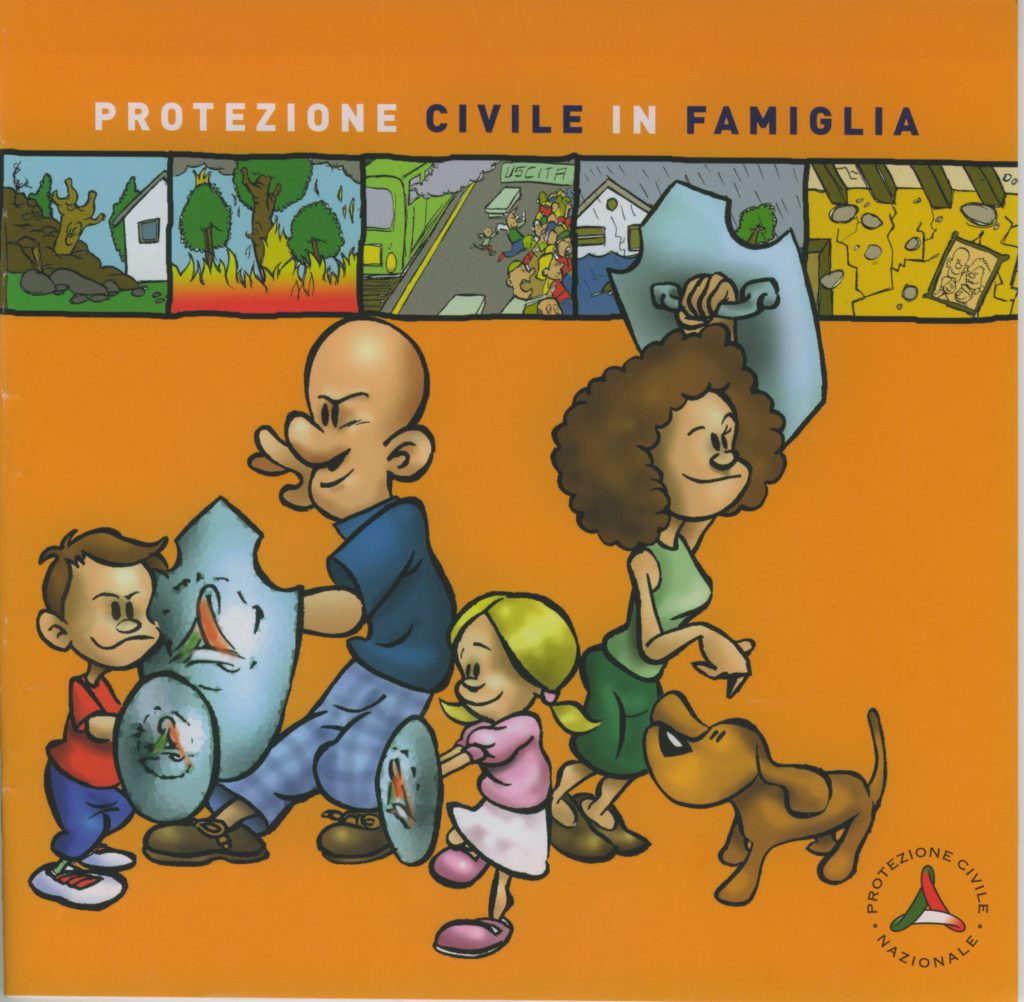В случае оползня, вы можете быть в разных местах: на движущейся массе материала или перед движущимся веществом, которое приближается к вам. Вы также можете приехать на автомобиле на место, которое пострадало от оползня.
В большинстве случаев, особенно если вы находитесь в передней части большого оползня, мало, что можно сделать. Но есть некоторые общие советы, полезные в случае бедствия, которые могут быть драгоценными даже в такой ситуации.
В некоторых случаях, когда школе действительно угрожает оползень, то может быть полезным проведение учений школы, чтоб убедиться в хорошей реакции на событие.
Перед началом события
Постарайтесь узнать, были ли случаи оползней, которые произошли в вашем районе, обратившись к местным органам власти или гражданской защиты, чтобы узнать о планах реагирования на чрезвычайные ситуации и эвакуации для вашей области.
В ходе события
1) Если вы находитесь внутри здания (например, в классе):
- не спешите выбегать наружу, оставайтесь там, где вы находитесь;
- найдите убежище под столом, в дверном проеме, или рядом с несущей стеной;
- не используйте лифты;
- держаться подальше от окон, дверей со стеклом и тяжелых шкафов.
2) Если вы находитесь на улице:
- отойдите от зданий, деревьев, фонарей, электрических кабелей и телефонных линий;
- не ходите или двигайтесь по дороге, где оползень недавно произошел;
- не выходите на улицу, если вы на оползне;
- не входите внутрь дома, в зоне оползней до тщательной оценки экспертами.
Больше информации 11.1 More information on what to do in case of landslide
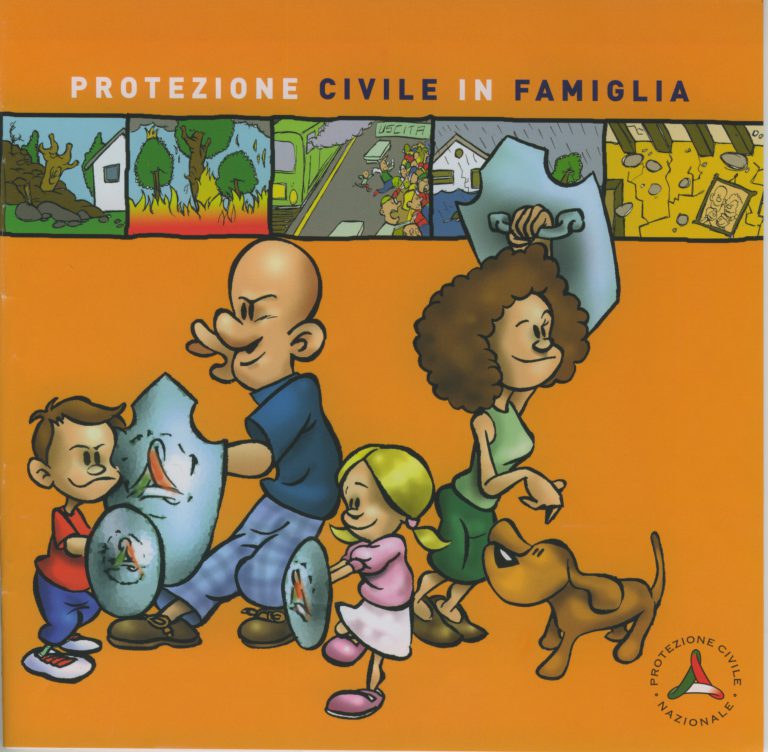
“Civil protection in family”: a booklet edited by the Italian Civil Protection containing the instruction about “what to do” in case of disasters.
- Prior to the event
- During the event
 |
Don’t rush outside, stay where you are. By staying inside the building you are more protected than outside. |
 |
Take shelter under a table, below the architrave, or near the bearing walls. They protect you from possible cave — ins. |
 |
Stay away from windows, doors with glass and cupboards. They could fall and hurt you. |
 |
Don’t use lifts. They could get stuck and prevent you from exiting. Help the other people around you. Maybe there are some people hurt or even disabled or people that are in trouble to move by themselves. Remember to help them to go out of the building when it will be safe the exit. |
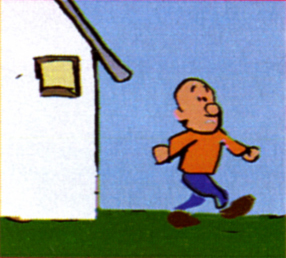 |
Move away from buildings, trees, streetlights, electric cables and telephone lines. They could fall down and hurt you. |
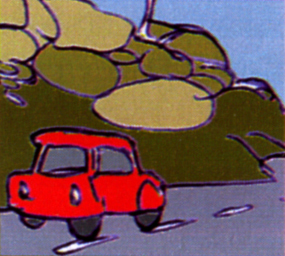 |
Don’t walk or drive along a road where a landslide has recently occured. It is instable material that could start moving again. |
 |
Don’t venture out on a landslide body. The material of a landslide, even if stable in appearance, can hide dangerous underlying holes. |
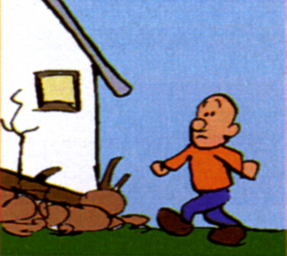 |
Do not enter inside houses involved in a landslides before a thorough assessment by experts. They could have sustained structural damage and be unsafe. |
